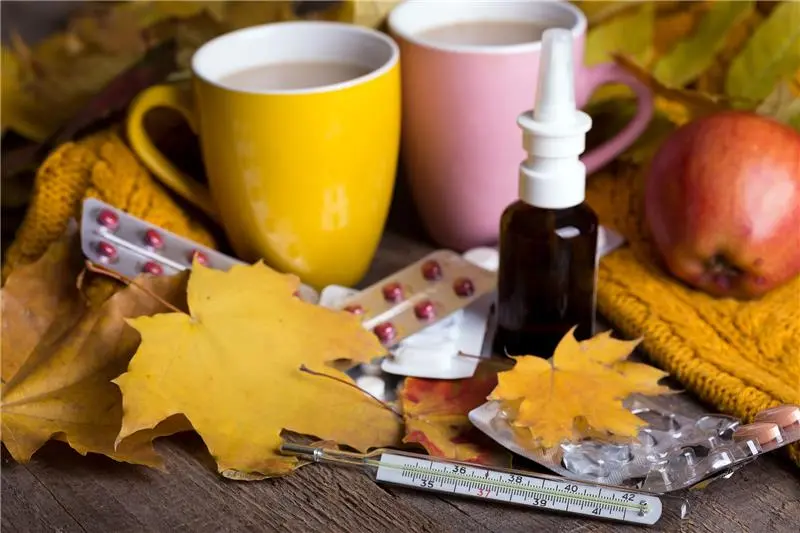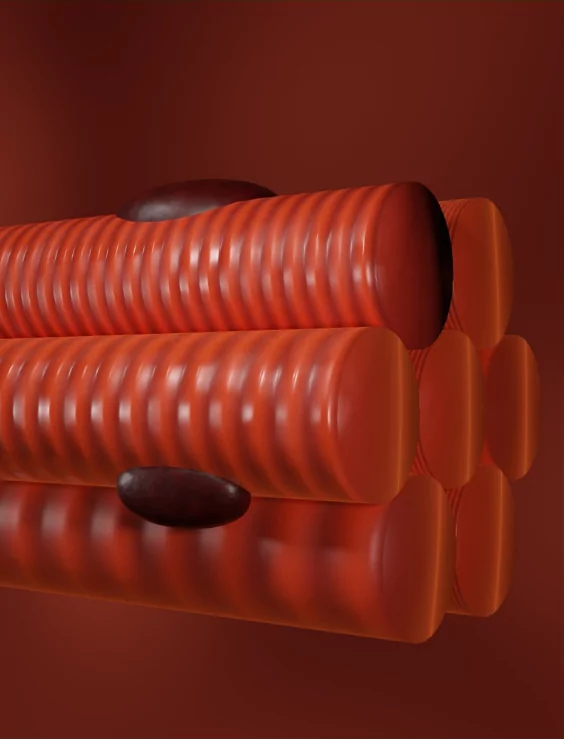Frequent occurrences of cycling road rashes are prevalent when a cyclist falls off their bike and scrapes their body against the pavement. Such an experience can result in the loss of skin, making it a rather unpleasant event. This condition is commonly referred to as road rash or road burn, which can be excruciatingly painful and hazardous if left untreated. It is essential to seek appropriate medical attention to avoid further complications.
If you have incurred cycling road rash, it is possible to start the healing process at home by administering first-aid treatment. However, if you notice any signs of bone exposure, visible muscle, or infection, it is crucial to seek medical attention promptly from a doctor to receive immediate treatment. This will ensure that you receive the appropriate care and minimize the risk of complications.
Proper treatment of cycling road rash can help prevent infection and minimize scarring-related issues. To learn more about caring for road rash, please review the following essential points carefully. By doing so, you can ensure that you take the necessary steps to promote the healing process and avoid further complications.
Best Methods to Treat Road Rash
Treating road rash can be made simple by following important instructions. Basic first aid should always be the initial step in treating cycling road rash. By following these essential steps, you can facilitate the healing process and minimize the risk of complications.
- Stop any bleeding and cover the affected area.
- Clean and scrub the wound to remove any gravel or dirt. If the area appears red, use water and soap, normal saline, or betadine to clean the wound, provided you are not allergic to any of these products.
- If the wound is clean, apply an ointment or antibiotic.
- Cover the wound with a non-stick gauze pad or bandaid for up to 23 hours.
- Although cycling accidents resulting in road rash or road burn are typically minor injuries, there are cases where immediate medical attention is necessary. It is important to know when to seek medical attention to minimize the risk of complications.
When Must you Go to Hospital for Road Rash?
Road rash is a common injury resulting from bicycle accidents. While many cases can be treated at home, some require medical attention. If you experience any of the following severe conditions while examining your road burn, head to the emergency room immediately:
- Foreign or large objects are embedded in your skin.
- Your bone or muscle is visible.
- Road rash covers a large area of the body.
- Bleeding is excessive.
Although many skin infections resulting from road rash are non-life-threatening, they can quickly become severe if left untreated. If you experience any symptoms of a skin infection, seek the assistance of a doctor. By doing so, you can ensure proper treatment and prevent further complications.
Get Perfect Road Rash infection Treatment
The treatment of road rash infection varies depending on the severity, type, and location of the wound. Your doctor will identify the specific infection based on its appearance, and in some cases, skin cell samples will be tested for proper diagnosis. After analyzing the type of infection, your doctor will prescribe the appropriate treatment to combat it.
If the infection is bacterial, antibiotics will be prescribed. For fungal skin infections, medicated creams or sprays can be used. It is important to follow your doctor's instructions for proper treatment and to avoid any further complications. By receiving the proper treatment, you can help the healing process and reduce the risk of scarring or other related issues.
Supervise Healing
When receiving treatment for cycling road rash at home, it is important to monitor the healing process carefully. The affected area should become less painful every day, and any increase in swelling, pain, smelly discharge, or redness could be a sign of infection.
If you notice any of these symptoms, it is important to consult with your doctor immediately. They may recommend dressing changes and antibiotics to prevent the infection from worsening. By keeping a close eye on the healing process and seeking medical attention as needed, you can help ensure a smooth recovery and reduce the risk of scarring or other related issues.
Reduce Scarring
When the skin is torn, it increases the risk of scarring. To minimize this risk, it is recommended to massage the wound regularly with moisturizer once it has healed. Massaging the wound twice a day can break down scar tissue and keep the new skin hydrated. To make the scar less noticeable, it is important to avoid exposure to the sun's UV rays, which can increase pigmentation and make the scar appear worse. It is important to be strict about this for 12 to 18 months after the injury.
Use Leak Proof Bandage
If your wounds are deeper, it's recommended to use a waterproof bandage. This is because it can effectively seal the edges of the wound, reducing the risk of infection and promoting faster healing.
Final Verdict
Finally, most cases of road rash can be treated at home without needing to visit a hospital or doctor. However, it's important to monitor the injuries for signs of infection or additional damage to the body. If the injury isn't improving with at-home treatment, it's recommended to seek medical attention from a doctor who can prescribe the best course of treatment.








%20(1).png)
.png)
%20(1).png)


%20(1).png)




%201.png)
